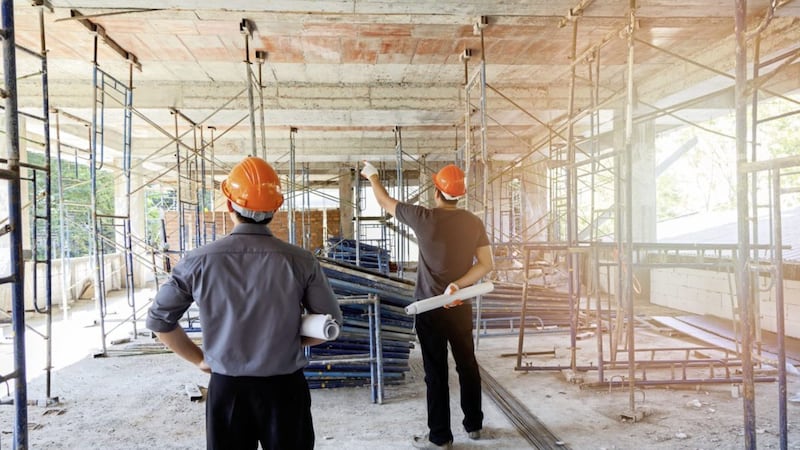QUESTION: My business has successfully expanded over the last three years and I'm planning to build new business premises as we have out grown our current facilities. I have identified a new site close to our existing premises and I plan to build a new factory. What tax reliefs are available to my business?
ANSWER: It has long been a frustration of businesses that most capital expenditure on commercial premises didn’t benefit from any tax relief because the assets were not ‘machinery’ or ‘plant’ under tax law. Therefore, when the 2018 Budget unexpectedly announced plans to introduce a new capital allowance for certain costs incurred in purchasing, constructing or renovating commercial structures and buildings, to be known as the “Structures and Buildings Allowance” (SBA), this new relief was very much welcomed.
Capital allowances can be a useful tax relief for businesses which incur a lot of capital expenditure (for example on equipment, machinery or business vehicles), as the relief enables a business to deduct some or all of the value of the capital item from its profits before it pays tax. The aim of introducing the SBA is to support business investment in constructing new structures and buildings, and improving existing ones, as well as increasing the international competitiveness of the UK’s capital allowances system.
The legislation introducing the SBA came into force on July 5 last, and it applies retrospectively to all qualifying expenditure incurred under contracts entered into on or after the 2018 Budget that October.
The SBA provides an annual two per cent writing down allowance at a flat rate over a 50-year period on the costs of constructing, renovating or converting new commercial structures and buildings under contracts entered into on or after October 29 2018.
Unlike other capital allowances, the SBA is an annual flat rate based on qualifying expenditure (rather than being claimed on a reducing balance) and there will be no system of balancing charges or balancing allowances on a subsequent disposal of the building or structure. Any remaining years of the 50 year period will pass to a new purchaser if and when the building or structure is sold. The amount of SBA claimed by the vendor in respect of that building or structure will be added to the proceeds of sale when calculating its gain on the disposal of the asset.
There are also various conditions which must be met. In broad terms, SBAs can only be claimed on “qualifying expenditure” when a building or structure is in non-residential use for the purposes of a “qualifying activity” carried out by the person who has a relevant interest in the building or structure. A relevant interest includes taking a lease of the building or structure, although the position is more complex with leases. Qualifying activities include trades and UK or overseas property businesses but only to the extent that the profits or gains from the activity are, or (if there were any profits) would be, chargeable to UK tax.
Qualifying expenditure is, broadly, the amount of direct costs related to physically constructing new structures and buildings, or the cost of converting or renovating them. It also includes the costs of purchasing the relevant interest in the structure or building.
Expenditure incurred on the acquisition of land, land reclamation and remediation, landscaping and altering of land (unless altered for preparing land for a building or structure), and on plant or machinery is specifically excluded.
Therefore, tax relief should be available on all capital expenditure incurred on constructing new structures and buildings or converting existing facilities. The new SBA should be a welcome tax relief for anyone considering a capital expenditure project and early advise should be sought from your accountant or tax adviser to ensure all reliefs are maximised.
:: Malachy McLernon (m.mclernon@pkffpm.com) is a director of PKF-FPM (www.pkffpm. com). The advice in this column is specific to the facts surrounding the question posed. Neither the Irish News nor contributors accept any liability for any direct or indirect loss arising from any reliance placed on replies.







